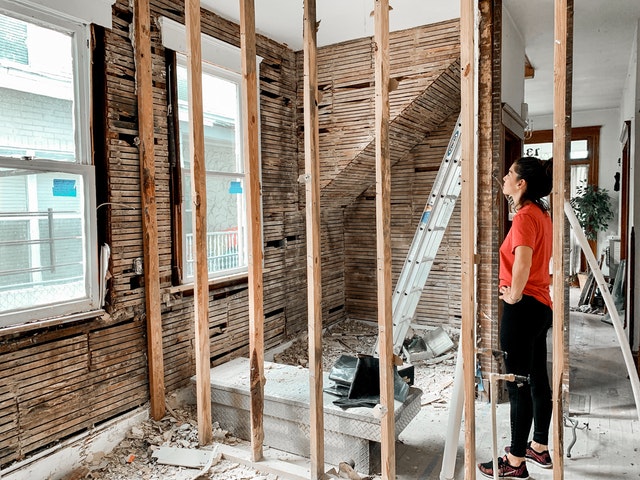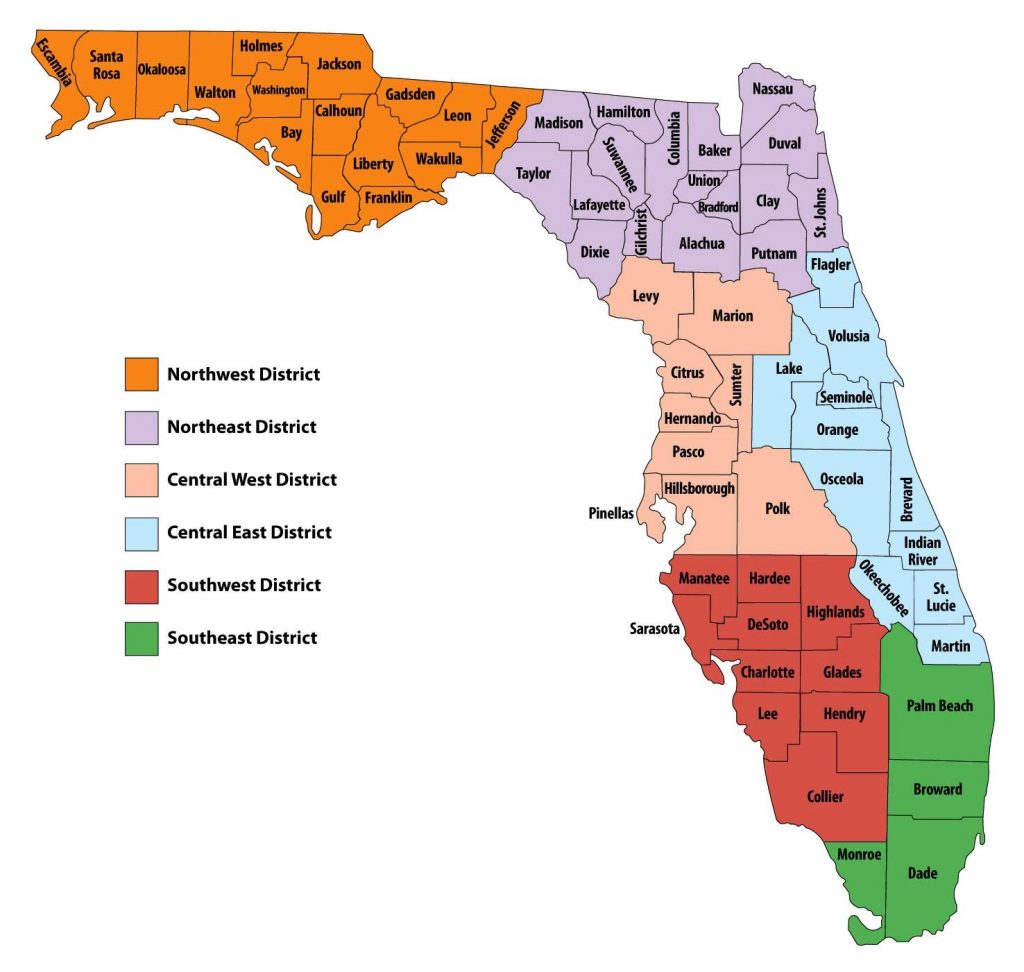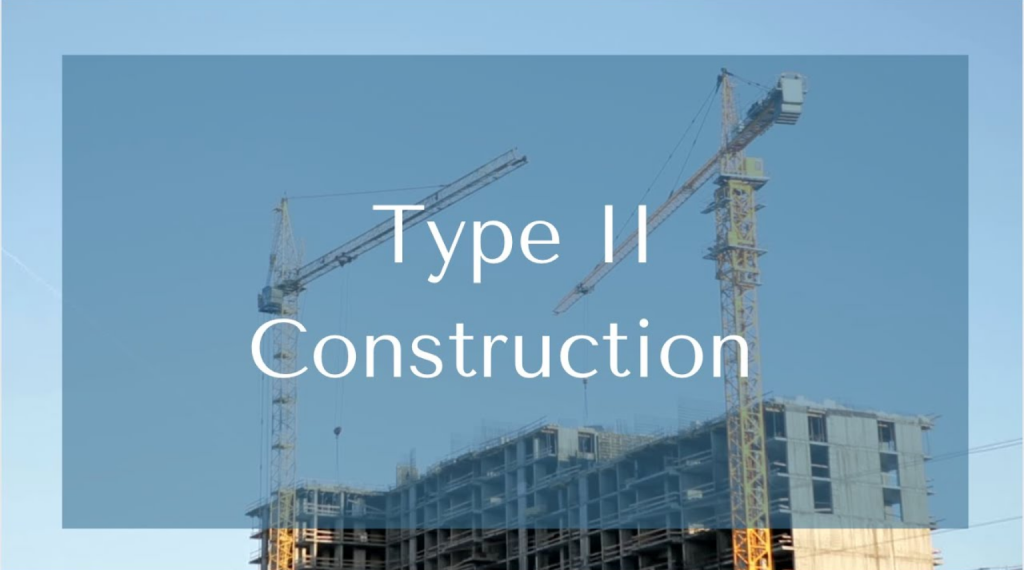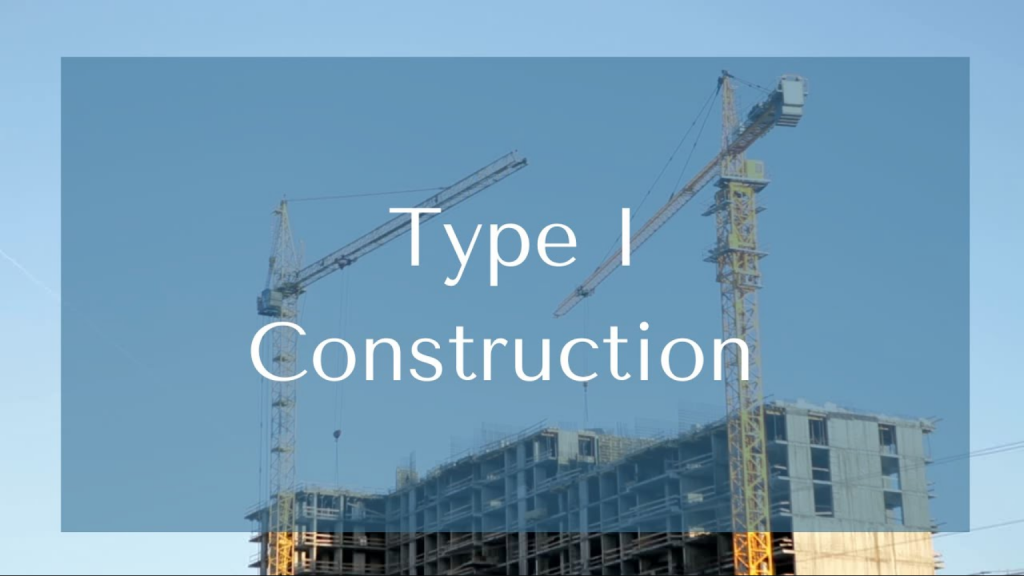Steps to apply for a building permit
Building permit is very important as it not only protects the property and the life of the current and future occupants, but it also saves you from having issues trying to sell in the future, dealing with penalties, and having to redo what you just did because the work was not properly inspected. In this blog, we will explain some general steps you can follow when applying for building permits. Keep in mind, though, that these vary from jurisdiction to jurisdiction, and from permit to permit as each job is unique. In this blog, we will explain some general steps you can follow when applying for building permits. Keep in mind, though, that these vary from jurisdiction to jurisdiction, and from permit to permit as each job is unique.
Steps to apply for a building permit Read More »









